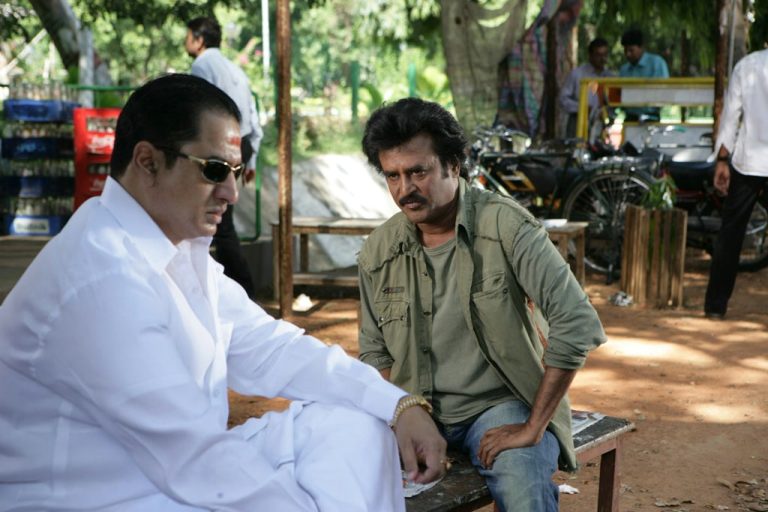
Any portion of the body can have wrinkles smoothed out and skin laxity (looseness) reduced with laser skin tightening. The flexibility of your skin is derived from the protein collagen, which is stimulated to be produced by heating the tissue beneath the skin during nonablative laser skin tightening. To promote the growth of new, tighter skin as a byproduct of the wound healing process, relative laser resurfacing involves removing the outermost layer of the skin. Know more about fotona 4d laser.
For all skin types and colors, laser skin tightening is a safe and effective procedure.
The two substances that give your skin its suppleness, collagen and elastin, are produced less frequently due to ageing, heredity, and sun exposure. Wrinkles, fine lines, and sagging skin intensify with time. Laser skin tightening uses heat and the healing process from wounds to increase the production of collagen in the skin, hence decreasing skin laxity or loose skin.
How Is Skin Tightening With Lasers Done?
A laser warms the water molecules in the tissue during laser skin tightening. Heat causes the water to convert into a gas and evaporates the skin cells around it. This process is known as fibroplasia, and it promotes wound healing by constricting the collagen fibers already present and producing new collagen.

Dermatologists employ a variety of wavelength-producing lasers to regulate the amount of laser energy absorbed by the water in your skin, hence determining the degree of invasiveness of a particular therapy. Laser resurfacing procedures involving ablation—tissue removal—are considered less invasive. A laser removes your epidermis during an ablative skin treatment, which also involves heating the underlying tissues to cause fibroplasia. Your skin will tighten and thicken up when it heals. For either therapy, one of two kinds of lasers can be employed:
What to anticipate along the process
These therapies are nonsurgical outpatient procedures, both ablative and nonablative. You can return home soon following your treatment if there are no unanticipated responses or adverse effects. Your dermatologist may apply cream or gel to your skin before a nonablative procedure to better regulate its temperature. A unique feature of the laser will keep your skin cool during the process. Subsequently, a topical anaesthetic will be applied to the treatment region by a physician or dermatologist. Certain operations may call for local or general anaesthesia or sedation, especially fractional ablative treatments using a carbon dioxide laser.
The area of your body being treated determines how long the process will take. A nonablative operation will typically take one to two hours to complete. If you’re having a partial facial treatment, it could take 30 minutes or up to 4 hours if you’re having a larger body area treated.




